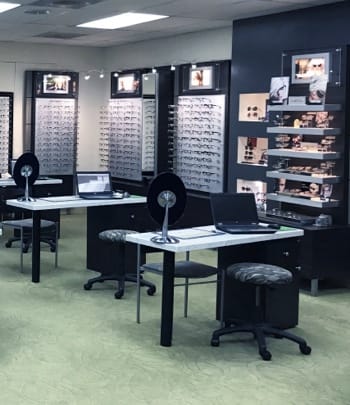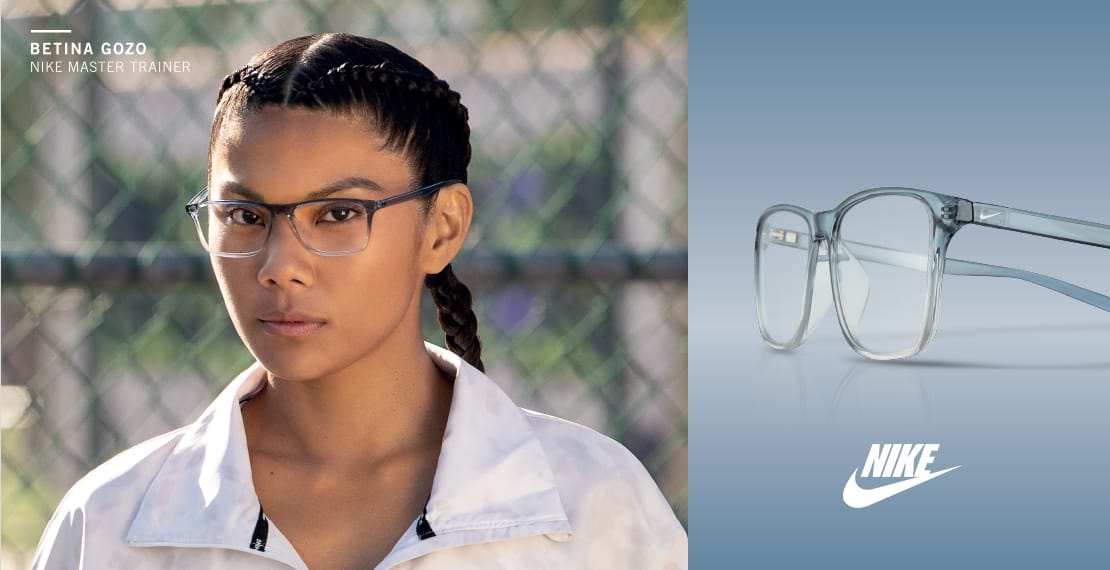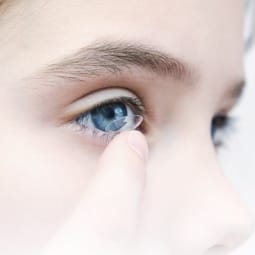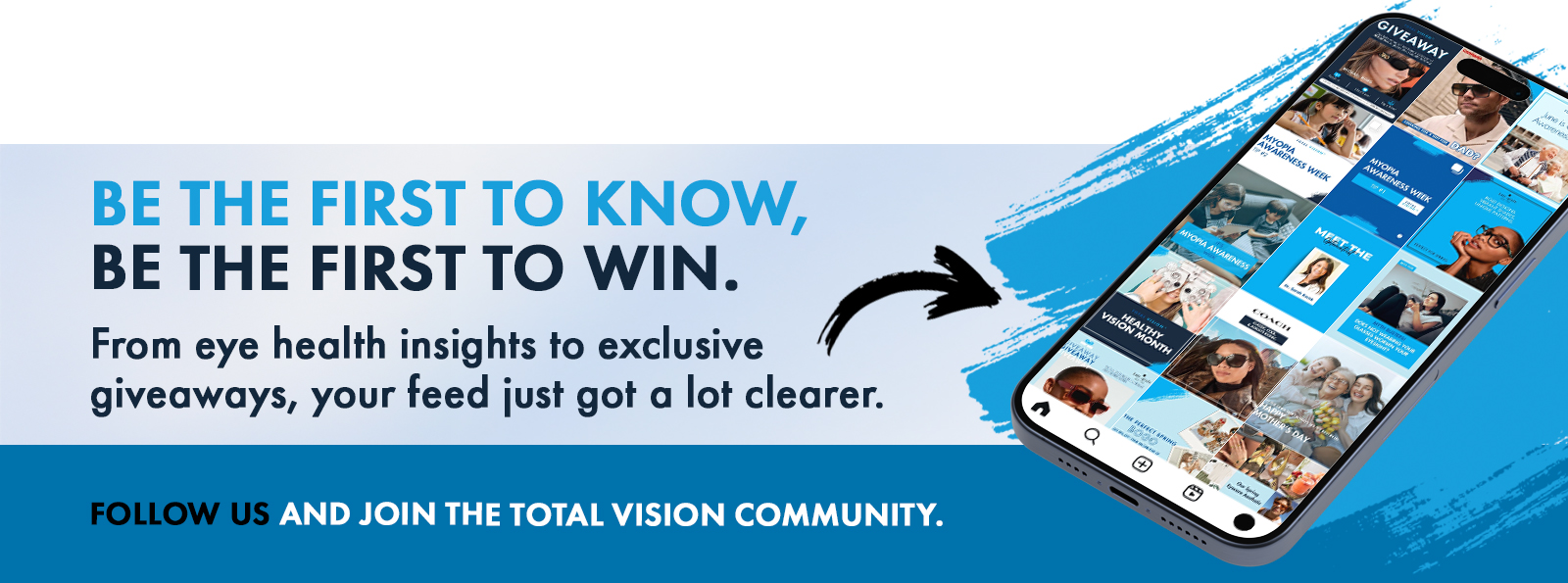Compassionate, Friendly Eye Care Your Child Will Love
Your child learns how to use their vision, much like how they learn to walk and talk. However, uncorrected or unmanaged issues can have a permanent effect on how your child uses their eyes, sometimes leading to difficulty playing sports or participating in school.
Total Vision Campbell, formerly Family EyeCare Optometry, understands and cherishes your child’s gift of sight. We provide a comforting, caring experience while proactively responding to potential issues that may occur in the future.
We’re here to preserve your child’s sight and support their eye health. Please give them the care they need by booking a pediatric eye exam in Campbell, CA today.
When Should Your Child Have an Eye Exam?
Many changes occur while your child’s eyes develop, so we recommend eye exams at certain visual milestones to ensure they get the right care they need.
If you have any questions regarding your child’s eye health or an eye exam, please feel free to contact us, and we’ll be more than happy to help!
Toddler Years
Your child should have an eye exam in their first 2 years. Your child is still learning to use their sight around this age, but this period is essential for developing visual skills like eye tracking, hand-eye coordination, and depth perception.
Pre-School Years
Your child’s should have their next eye exam between the ages of 3 and 5. During this time, your child relies on their vision to play and navigate the world around them. Still, certain issues like strabismus (crossed eyes) and amblyopia (lazy eye) can affect their visual development.
School Years
Children should start having annual eye exams from the age of 6 onwards. Children rely on their sight to learn at school and play sports but also have a higher risk of developing refractive issues like myopia (nearsightedness).


Common Eye Issues in Children
We may recommend more frequent eye exams if your child risks developing a certain eye disease or condition. Routine exams allow our team to detect and manage early signs of myopia, amblyopia, and strabismus, preserving your child’s eyesight for years to come.
In some cases, we may recommend vision therapy sessions to strengthen and support their vital visual skills. Please look at our Vision Therapy page to see how our unique programs can support your child’s sight!
Myopia
Myopia, commonly known as nearsightedness, is one of America’s most common eye conditions, affecting nearly 30% of children. However, research shows that nearly half of people worldwide will have some degree of myopia by 2050.
Myopia can develop in school-aged children and can progress into adulthood. Myopia occurs when the eye elongates as it grows, making it difficult for light to focus on your child’s retina, leading to blurry distance vision. If myopia develops for long enough, it can become a case of high myopia, which increases the risk of retinal detachment and permanent vision loss.
Please visit our Myopia Control page to see how we can manage this issue and preserve your child’s vision.
Amblyopia
Amblyopia, also known as lazy eye, is an eye condition characterized by having a wandering eye. Amblyopia can develop until the age of 7, stemming from either poor eye muscle control or different refractive errors between their eyes.
Amblyopia is a permanent condition, but our team can help manage it with prescription lenses or vision therapy.
Strabismus
Strabismus, or crossed eyes, is an eye condition that affects your child’s eye alignment. Poor eye muscle control, high refractive errors, or signal issues between the eyes and brain can cause strabismus, sometimes leading to permanent vision problems.
Your child’s brain may then choose to ignore images from a “weaker” eye, leading to possible vision loss. However, prescription lenses and vision therapy can help manage strabismus symptoms and preserve your child’s vision.
Conjunctivitis
Conjunctivitis, much more commonly known as pink eye, has a reputation for spreading between children in school and daycare. There are several types of pink eye, some of which share various symptoms, including:
- Redness
- Wateriness
- Crusty discharge
- Discomfort
- Itchiness
- Grittiness
Bacterial and viral conjunctivitis are most contagious, but children can also develop conjunctivitis because of allergies or chemical exposure.
If your child experiences pink eye symptoms due to chemical exposure, please flush their eyes with cool, clean water for 15 minutes and contact our team immediately.
Comprehensive Care for Every Age
Your child’s eyes are developing just like they are. We can help ensure they have the support they need to preserve and protect their vision as they become teenagers and adults.
Our team is ready to help your child make the most of their vision, and all you have to do is book an appointment today.
Come See What We’re All About

Visit Us Today
Find our practice on East Hamilton Drive right next to 7 Leaves Cafe. Parking is behind our building with accessible options available. Same day appointments available! Welcoming new patients.
- 338 E Hamilton Ave
- Campbell, CA 95008
Hours of Operation
- Monday: 9:00 AM – 6:00 PM
- Tuesday: 9:00 AM – 6:00 PM
- Wednesday: 9:00 AM – 6:00 PM
- Thursday: 9:00 AM – 6:00 PM
- Friday: 9:00 AM – 5:00 PM
- Saturday: 8:00 AM – 3:00 PM
- Sunday: Closed


Our Brands












